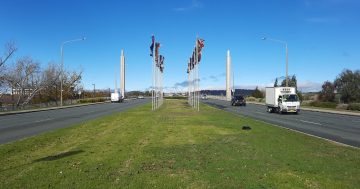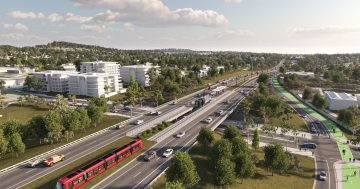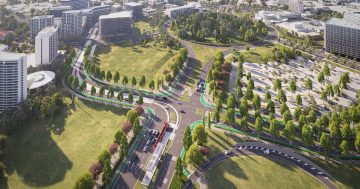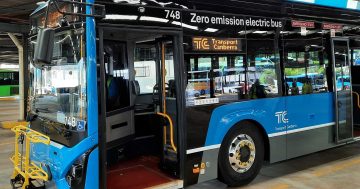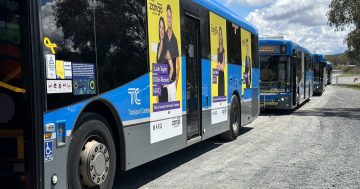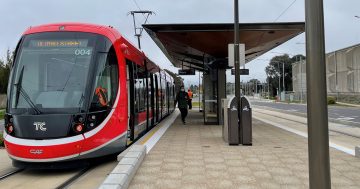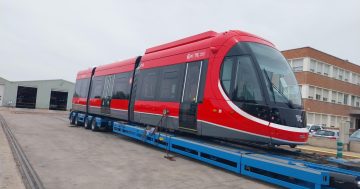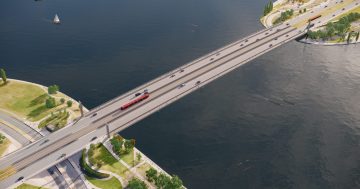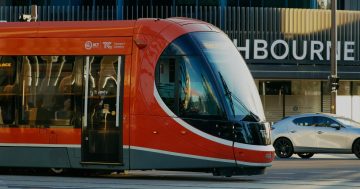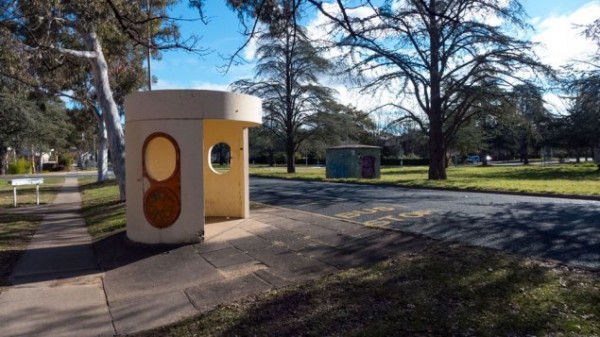
A Gungahlin to Civic busway offers greater overall economic benefits than Stage 1 of Capital Metro, and will probably cause fewer greenhouse emissions.
This story begins in 2012. Labor needed to win most of the four Greens seats at the October election if it was to avoid another term of minority government. The Greens had promised $200 million funding for light rail, in the belief that it would cost less than the $288 million Majura Parkway.
The Government’s April 2012 City to Gungahlin Transit Corridor Concept Design Report supported the Greens’ policy. Its simplistic review of costs and benefits concluded that light rail would provide higher benefits, despite an estimated cost of $860 million.
The only remaining questions seemed to when the government would decide to build light rail, and be which party or parties would make up that government.
Then in August the Government produced a submission to Infrastructure Australia that dismissed bus lanes and transit lanes on the basis of unsubstantiated assertions, and included a cost benefit analysis that showed that a $249 million busway would provide benefits worth between $492 million and $1,188 million. Light rail would cost an extra $276 million, but would deliver less than $44 million worth of extra benefits.i
To release the report less than three months before an election would open a debate about methodologies, assumptions, costings and uncosted factors, as had happened a year earlier with the report on which the Government based its decision to build the $180,000 Civic Cycle Loop (which eventually cost $6 million).
The Government kept the Infrastructure Australia report from the public until long after the election. Instead of committing to a busway, Labor committed to spend $30 million on light rail and “committed to increasing the public transport share of all work trips to 10.5% by 2016 and 16% by 2026.” The 2015 ACTION Expenditure Review reported that by 2014 that share had fallen to 7.1%ii.
If the Government gets back on track to reach its 2026 commitment, then increasing bus patronage will mean that every bus displaced from the Gungahlin-Civic route will be back to full operation within a year.
But the Chief Minister announced on 20 October 2015 that the bus trips displaced by Stage 1 would be reallocated to “more buses, on more routes”. This means that, even though Stage 1 will operate on 100% renewable energy, there will be no reduction in public transport greenhouse emissions when Stage 1 commences operation.
The Draft Environmental Impact Statement for Capital Metro Stage 1 estimated that its construction would cause 60,853.76 tonnes of greenhouse emissions.iii
In a recent letter to the Canberra Times I asked why Greens MLA Shane Rattenbury welcomed the signing of a contract for a project whose construction will cause 60,000 tonnes of greenhouse emissions, that will not reduce public transport operating emissions and that will discourage public transport use by removing bus stops, and replacing direct services with connecting services that require walking between stops, waiting for pedestrian signals and wondering if the connecting service has already left.
I could have added that Capital Metro will offer less frequent services.
Mr Rattenbury replied, “The evidence shows that Leon Arundell’s assertions … are in fact wrong … When suggesting that light rail will increase emissions, or traffic, it should always be compared with the alternatives.”
The only evidence he identified was a report by Steffen, Percival and Flannery that did not take into account emissions from light rail construction, did not consider bus rapid transit patronage, and based its emissions estimates on the curious assumptions that as few as 25% of bus patrons “whose current route is solely or predominantly down the Gungahlin-city corridor or the Dickson-City segment of the corridor will shift to light rail.”
Footnotes:
ii Table 28 of the 2015 ACTION Expenditure Review.












